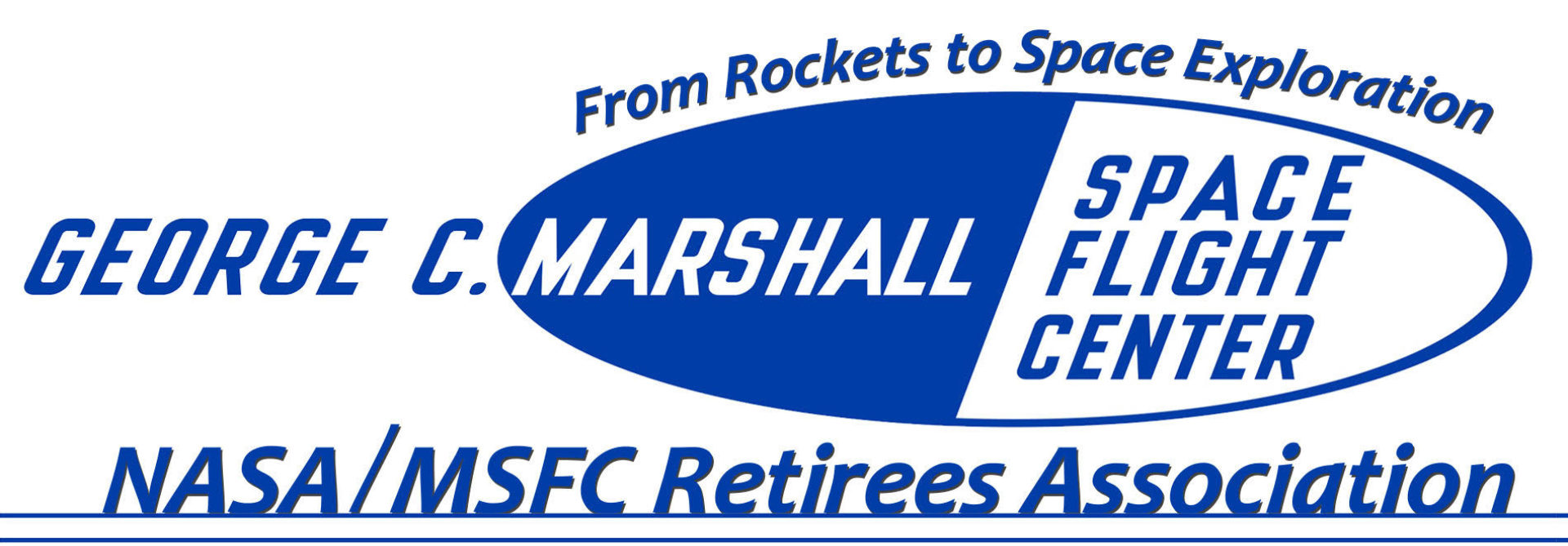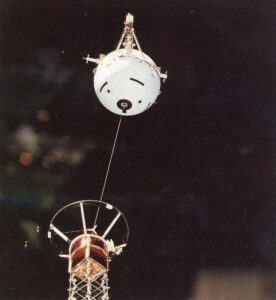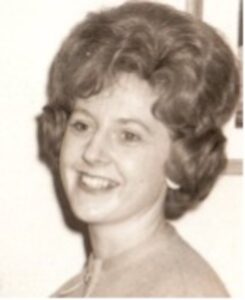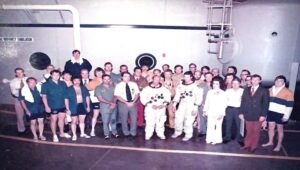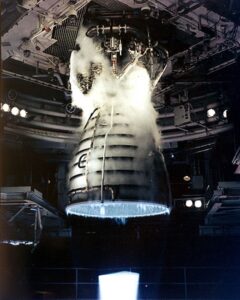by Sherman Jobe.
Gray was working an ideal Task in an excellent Team with Chris Hauff and Cathy White. They were supporting John Thomas and Jack Lee on NASA’s newly implemented SpaceLab agreement with the European Space Agency (ESA). This support included International travel to multiple European destinations.
There are multiple reasons why Gray was “ideal” for this assignment, but I believe the most important reason was that the Marshall Program Office had no money-leverage over the Europeans for SpaceLab and influence of the Marshall Team was totally dependent on technical and management credibility. This Team developed and maintained that credibility with ESA representatives.
At that time, most people were saying this approach will never work. They said the Program Office must have financial leverage to demand that ESA implement desired functions. Just talk, they said, would never work. (I’m leaving out the times that John Thomas slammed on the table an attention getter that quieted the room and focused the discussion.)
Someone with Gray’s hardware and software skills plus the ability to develop and maintain credibility with the Europeans was essential for achieving successful milestones.
The signing of the Memorandum of Understanding between Europe and NASA for the implementation of Spacelab was September 24, 1973. The Marshall Space Flight Center (MSFC) Data Systems Laboratory was created in a re-organization completed in 1975.
The Space Shuttle was scheduled to fly April 12, 1981. During the re-organization that created Data Systems Laboratory, I was assigned as Branch Chief of a group which included the data system in the Huntsville Operations Support Center (HOSC). People who were working that Task were continuing the approach used during Saturn Apollo with a “centralized” architecture (i.e. get more and bigger Perkin Elmer Processors).
When I became aware of what they were doing I requested an evaluation of a new technology distributed architecture versus the centralized approach from the Saturn days. I contacted Dr. Frank Ingles at Mississippi State who had expert knowledge in this area. His assessment was we should use a distributed architecture going forward because of technology changes.
DEC and HP each made advances in their computing power for applications like we were expecting. I was told to brief Dr. Herman Thomason, Deputy Director of S&E, on what we were proposing. I did that and asked approval to purchase a DEC and a HP computer for evaluation in the Laboratory.
At the end of my briefing Dr. Thomason said, “I will let you know.” The next day he called and told me to take Bob Crafts, our lead for developing this new Data System, and go to Intergraph and provide to Jim Meadlock and his Chief Engineer the same briefing I gave to him. I did that. They both said the distributed architecture, using DEC computers, was the way to go for the future.
Soon after that meeting Bob Crafts had a heart attack while cutting wood and he died.
I met with Cliff Bradford to discuss a replacement for Bob Crafts. I told Cliff the only person I knew at Marshall who could successfully lead the implementation of a distributed architecture for HOSC was Gray Settle. Cliff said, “give me some time.”
Within a few days Cliff called and said he had talked with Gray and with everyone else he needed to talk with, and Gray would be re-assigned to lead the development of the new distributed architecture data system.
The new Data System was ready to support Marshall Elements when the Space Shuttle flew the first time on April 12, 1981.
My apology to Gray for causing him to be re-assigned from an International “Ideal Task” to another Task that desperately needed his skill set.
Something that I value very highly: through all this Gray remained my Friend.
Sherman Jobe
